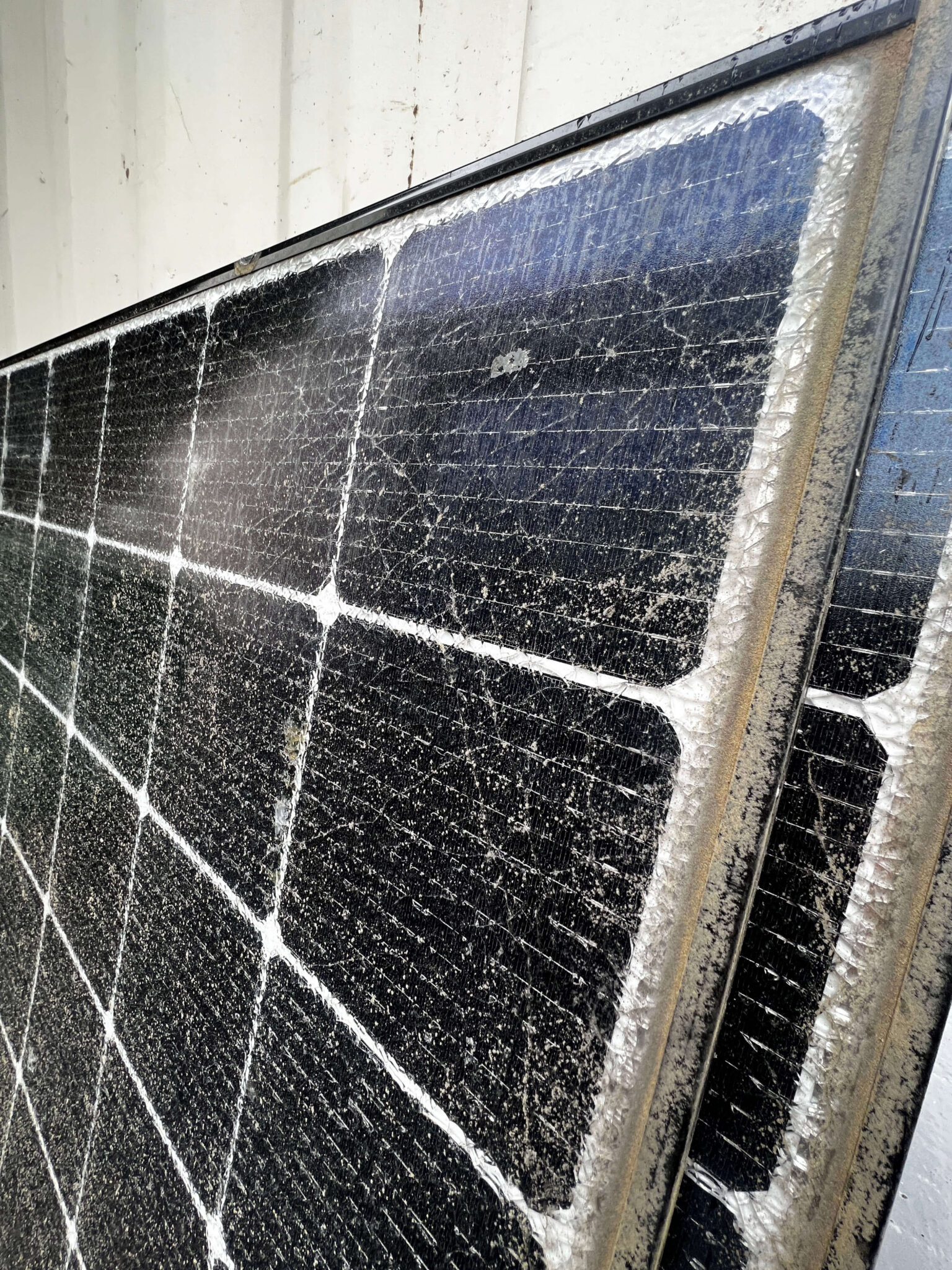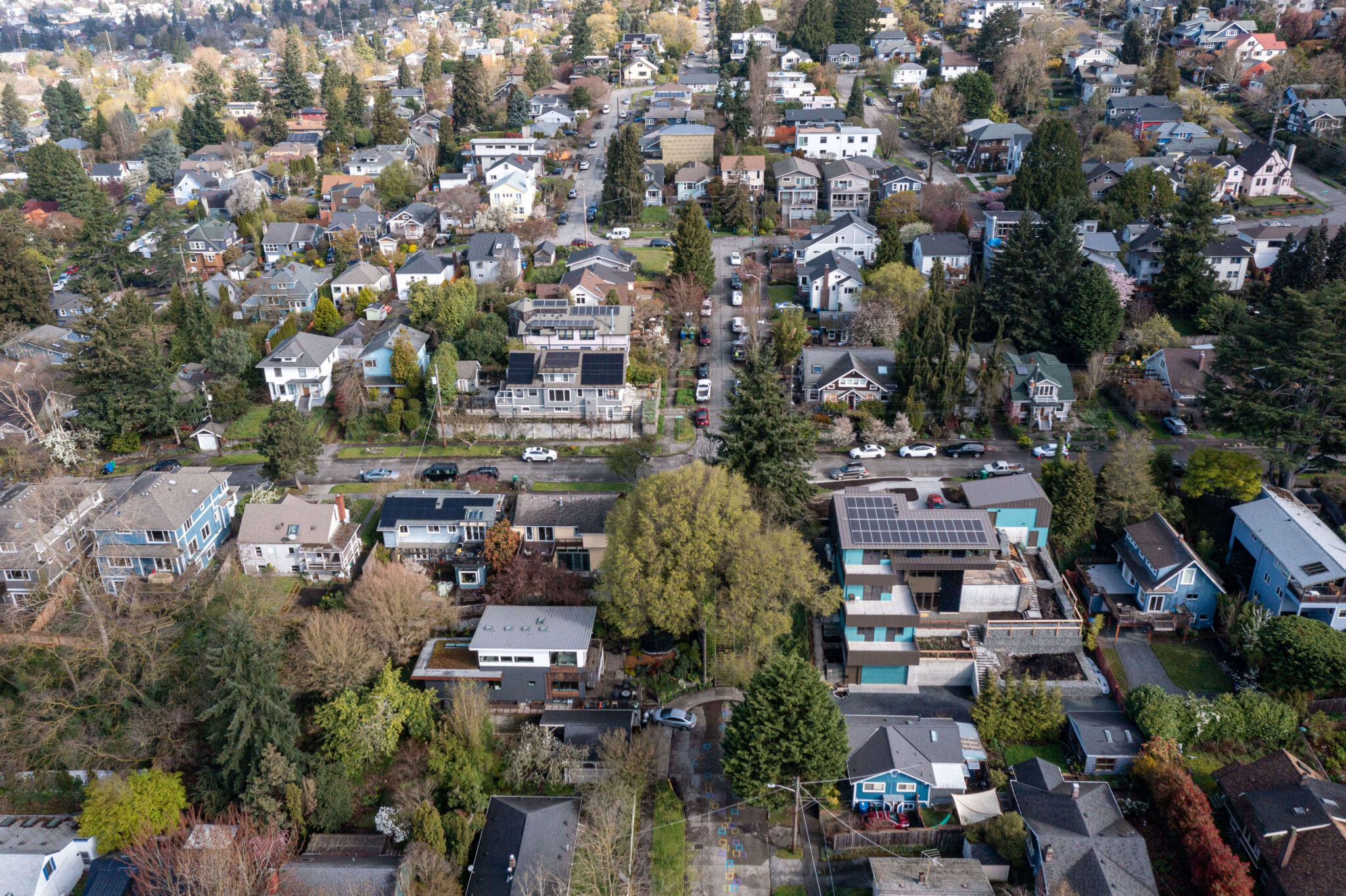Closing the loop on Solar
Transitioning into a sustainable and modern world, we think of the new technology that will get us there. From drones to self-driving cars, these all require resources that are mined and transported from all around the world; solar PV and energy storage systems are no exception. Successfully switching to a renewable energy future requires planning and developing a recycling infrastructure. That funnels old solar equipment and e-waste into channels that allow for the materials and resources to be used to create new sustainable technologies. We reached out to Living Green Technology, based in Auburn, WA, to help find ways to recycle our old solar panels.

Making the recycling connection
We have not seen many old solar panels returning to us with the warranties of solar panels we installed ranging from 20 to 30 years. Northwest Electric and Solar have been in business for over ten years, during which we have seen a handful of solar panels return broken from sites. We stacked the handful of broken panels on a pallet and placed them in the shop’s back corner, waiting to find a place to send them. Since our traditional electrical equipment recycling center doesn’t accept solar equipment, we had to research another facility and found Living Green Technology; after a brief phone call, they quickly agreed to pick the panels up for free!
Applying recycling processes to solar panels
We spoke with Business Operations Manager Steven Hoag and asked him questions about solar panel recycling at Living Green Technology. With panels sent to recycling facilities like Living Green’s, these panels could go through several routes. Hoag says, “We typically try to refurbish and resell any device donated to Living Green. If an item can’t be refurbished, we will do one of two things. One, disassemble the device into components for resale. Two, send the device to one of our R2 certified processing partners to be ground down into raw materials to be used again in manufacturing”. This highlights how recycling is a multi-step process, not a linear manufacturing line found in producing cars or other electronics.
Anticipating a new market
We then asked Steven what Living Green Technologies’ plans were for scaling solar panel recycling operations as more solar PV systems are deployed in Washington and throughout the US? “There hasn’t been a lot of activity thus far when it comes to solar module recycling, but it has been increasing steadily. Our plans are to diversify our wholesale partner network so we can more effectively re-market these devices. We will also most likely hire more technical specialists/product experts to be able to deal with the increased volume. Another thing we have discussed is making more of a marketing push in this area because most people don’t know what to do with their electronics, and solar panels are even more niche than your average consumer electronic.” Said Hoag, indicating that process for recycling solar at facilities like Living Green Technology is very nascent.

Washington prepares for solar recycling at the manufacturer Level
In 2017 Washington legislature passed Senate Bill 5939 to bolster a local and sustainable renewable energy industry. Chapter 70.355 RCW of the bill would set standards for recycling solar PV equipment under the name of the Photovoltaic Modules Stewardship Program. This would require manufacturers of solar PV modules to have a process for the public to safely and efficiently recycle all modules purchased after July 1st, 2017. Delayed by the pandemic, this program is set to begin in 2025. With Living Green Technology already having processes to handle solar panel recycling, it is in a critical position to steward more solar PV equipment and e-waste recycling in Washington.

The current process for recycling solar panels
The preferred end-of-life journey for solar modules is that they’re re-used, recycled, or upcycled. Our goal is to make the device lifecycle as streamlined as possible. Our process is usually:
Test every solar panel to verify if it works or not
Ascertain whether there’s a current market for the device
Re-use: Contact our wholesale partners, send the item to the auction, or post it on our online store either as a whole or disassembled into components.
Recycle: Send the solar panel to our R2 certified processing partners
Upcycle: Typically, if the device is broken or unusable, we will see if any of the local artists we are in touch with would be interested in using the device in their art pieces. We also donate items to local students for their projects from time to time.
An industry for the future
Moving forward, Living Green Technology is setting itself up for a lot of business. Expanding on what is already an impressive recycling process for e-waste and solar panels will help streamline the recovery of essential materials needed to manufacture solar panels, batteries, and EVs. Northwest Electric and Solar are dedicating their e-waste and solar panel recycling efforts to Living Green Technology, so we can help advance recycling in the solar industry.
Living Green Technology was founded in 2013; they exist to spread awareness of the hazards of e-waste and provide an eco-friendly way to dispose of unused electronics. You can learn more about them and their recycling efforts on their website.


